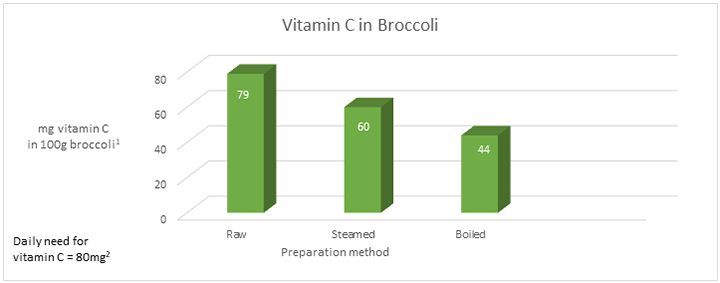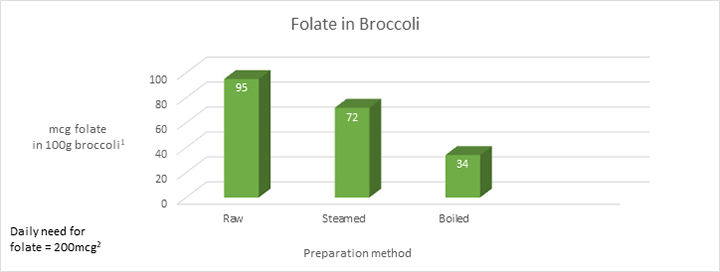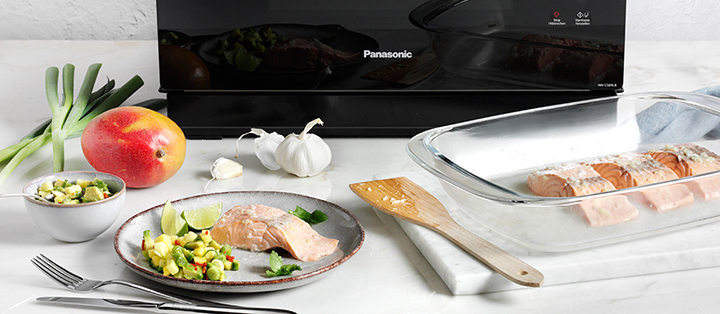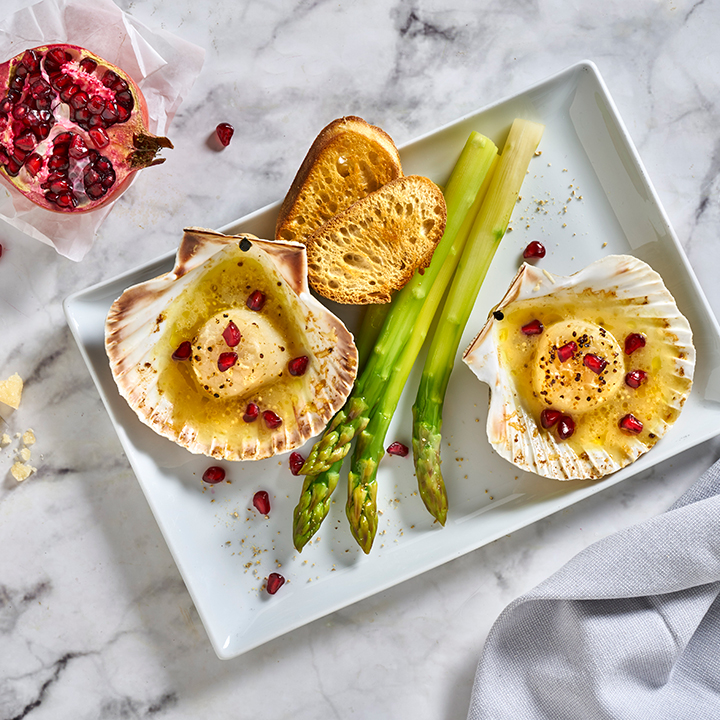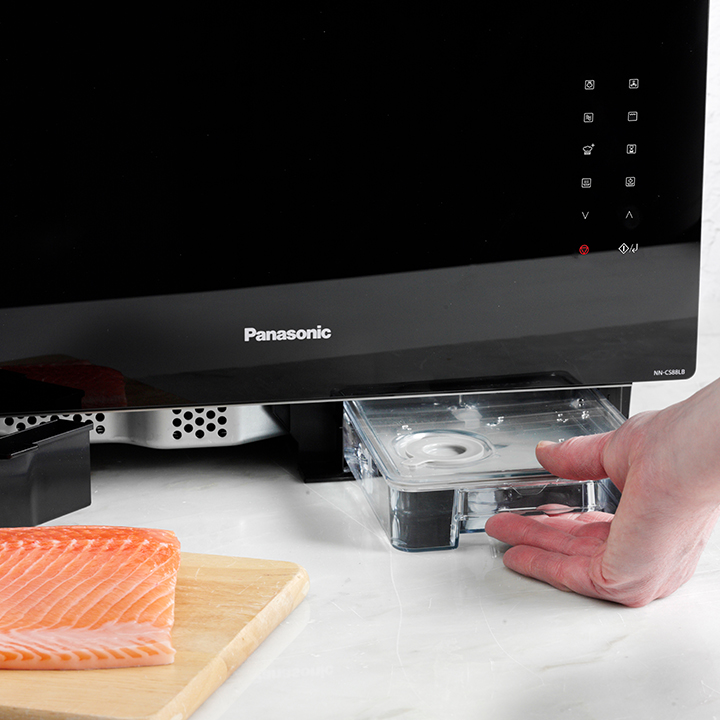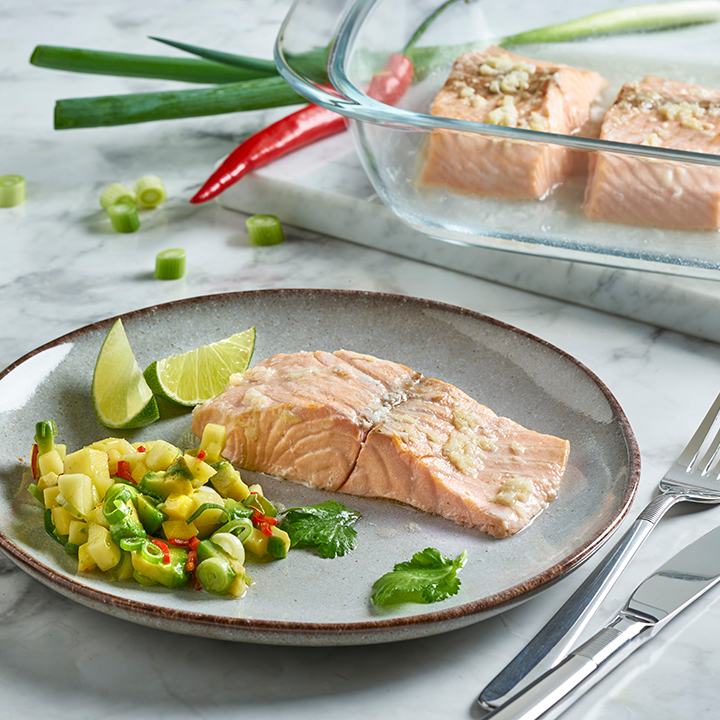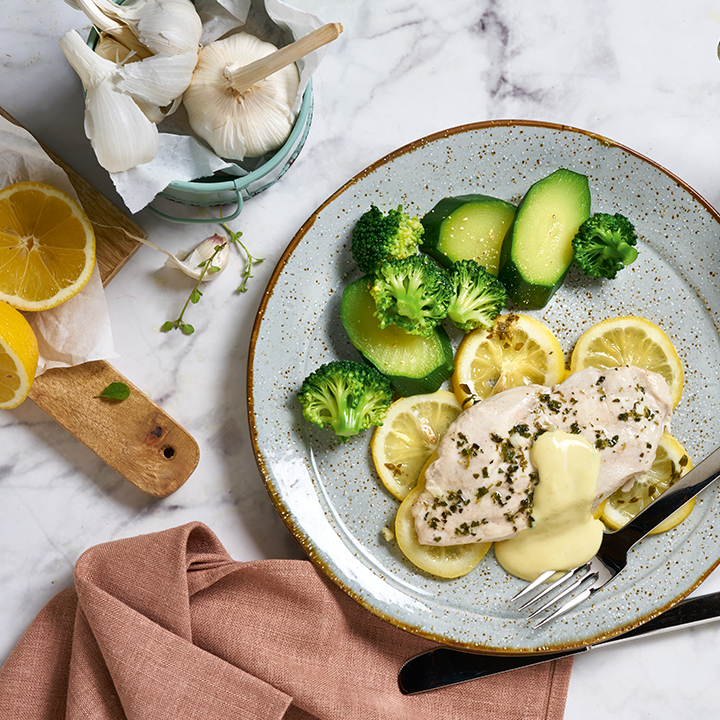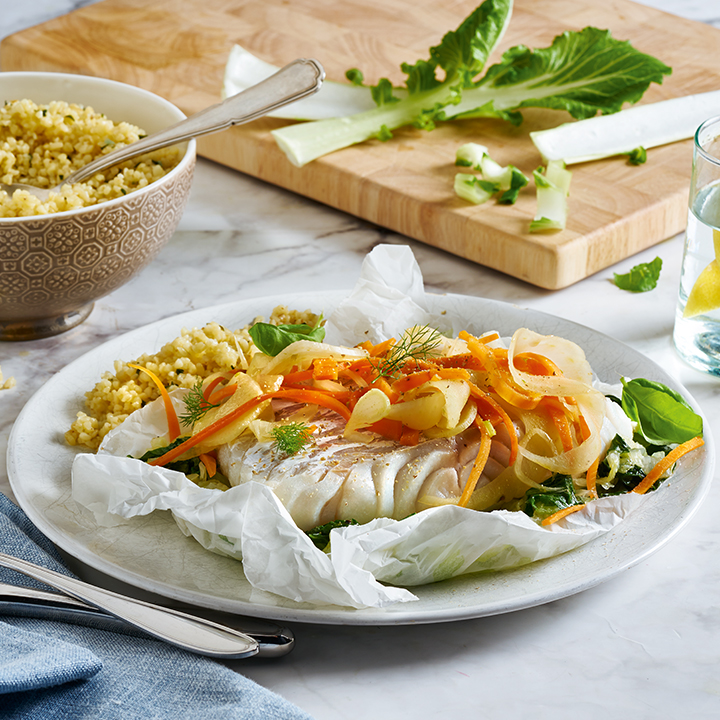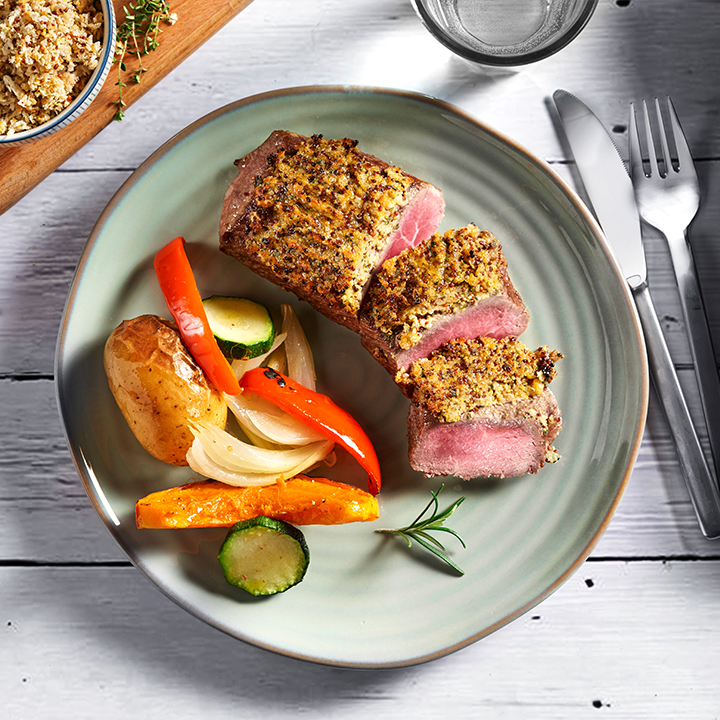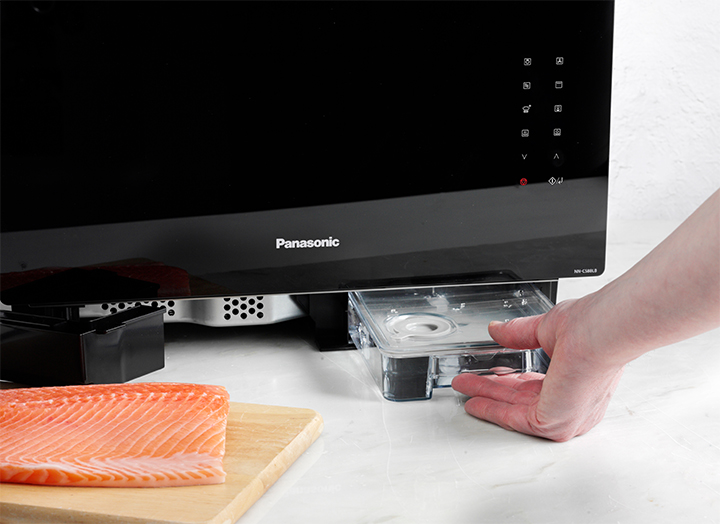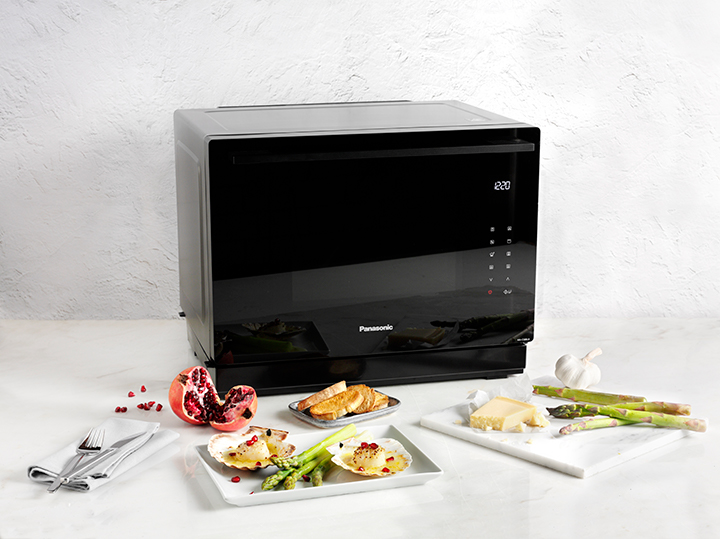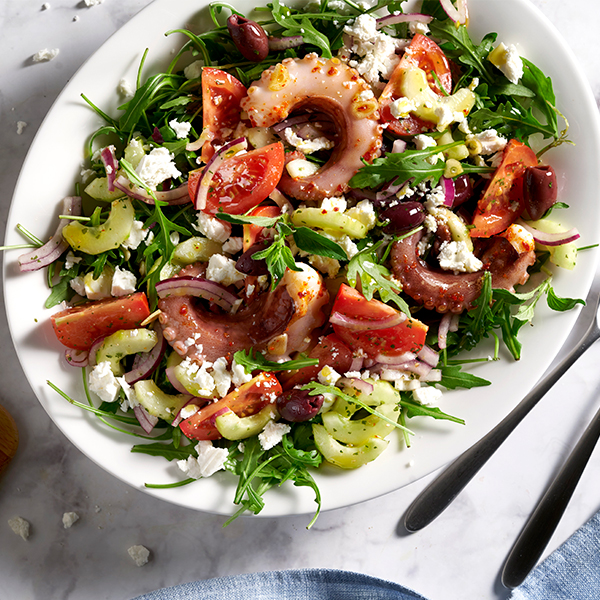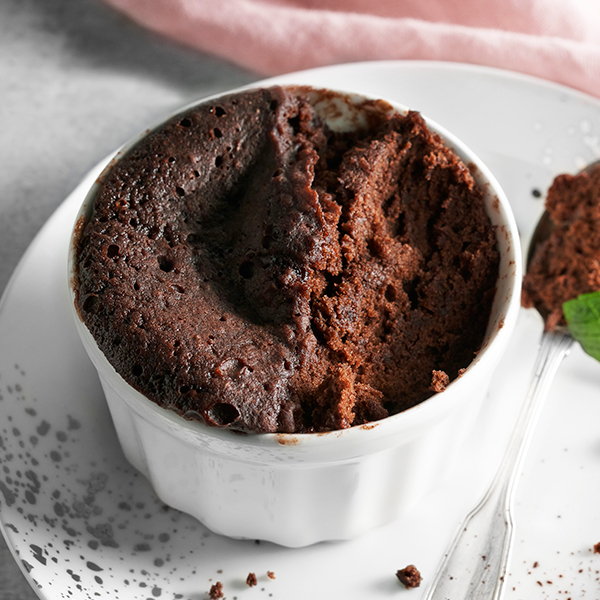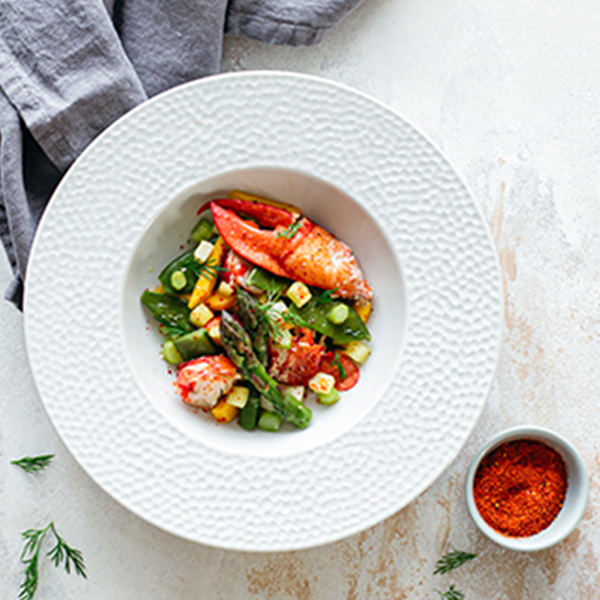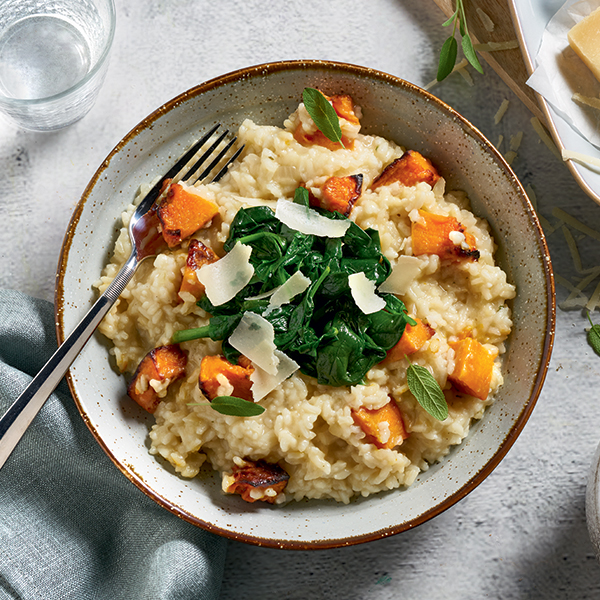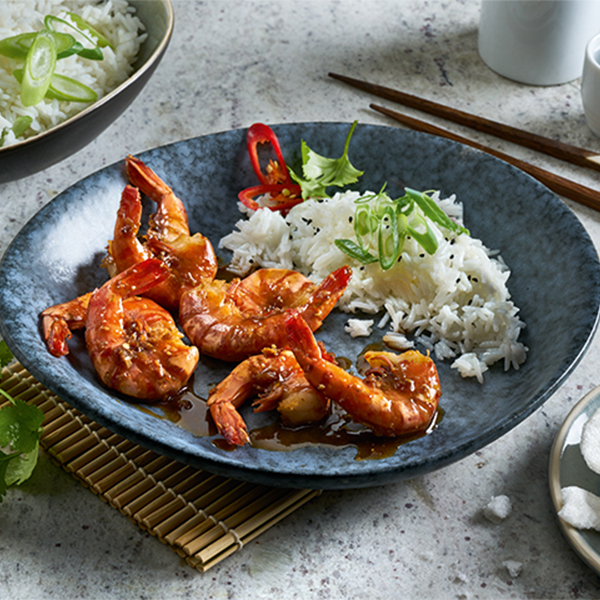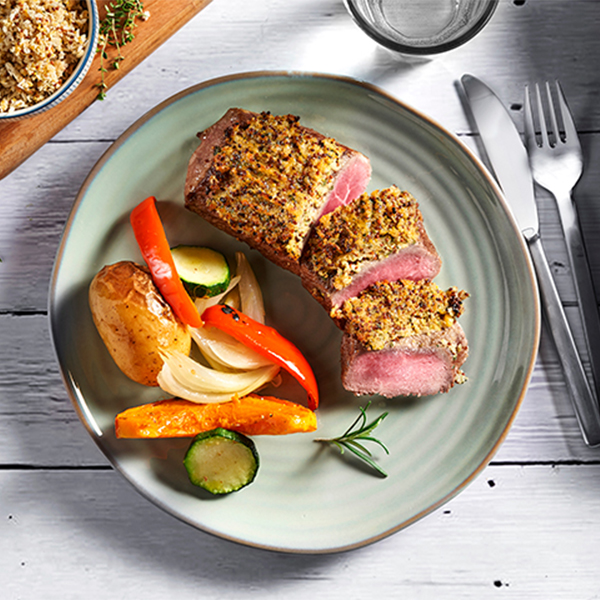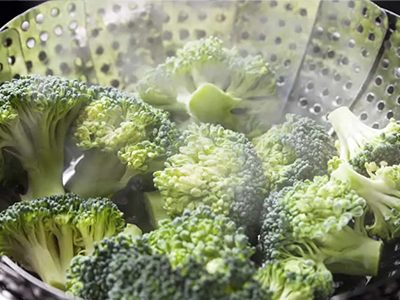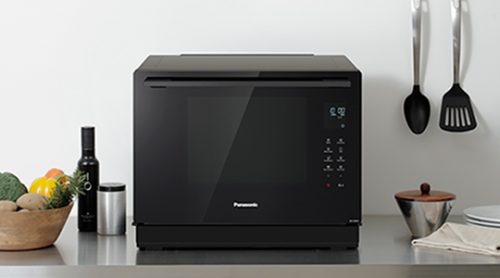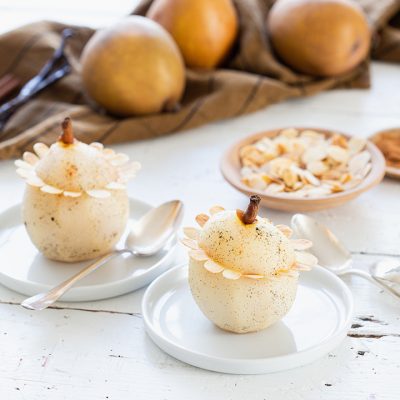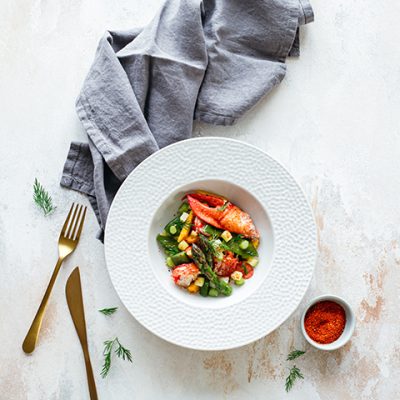If you want to enjoy delicious food that’s good for your health, budget and the planet, it’s time to embrace one of the hottest cooking methods of 2020. Registered dietitian Juliette Kellow reveals nine reasons why you should go full steam ahead in the kitchen…
1. Steaming locks in vitamins
Steaming is one of the best cooking methods for making sure food retains its goodness. Water-soluble nutrients such as vitamin C and folate (a B vitamin) – found in good amounts in many vegetables – are damaged by heat and water. Steaming keeps veg separate from hot water so they retain more of their vitamins (see the charts below), especially when compared with other cooking methods such as boiling where these vitamins leach into the cooking water and then end up in the sink rather than in our bodies. That’s good news as vitamin C and folate help us feel less tired and are important for keeping our immune system in tip top shape.
2. Steaming boosts antioxidants
Cooking breaks down the cells within foods like vegetables, which can increase the amount of some antioxidants and make it easier for our bodies to absorb and use them. Many studies show that steaming is especially good at retaining antioxidants such as flavonoids, anthocyanins and glucosinolates3 – unlike boiling, there’s no cooking water for them to leach into and they’re less likely to be damaged by the heat. This is an important benefit antioxidants help to mop up harmful substances called free radicals in our bodies before they have a chance to damage cells, which over time can contribute to health problems.
3. Steaming is perfect for healthy eating
As well as helping food hold on to its vitamins and antioxidants, steaming offers other benefits to help us eat more healthily. First off, it’s a fat-free way to cook – and that’s great news for waistlines. A tablespoon of oil contains around 407kJ/100kcal and 11g fat – cut that out every day and in a year you’ll remove more than 4 litres of oil from your diet and save enough calories to potentially lose 5kg (10lb)! Plus, unlike other cooking methods such as boiling, it’s uncommon to add salt to food that’s being steamed. That’s great news for our health as regularly having too much salt is linked to high blood pressure, which puts us at risk of heart attacks and strokes.
4. Food looks and tastes great
Ever served up boiled veg that’s limp, mushy and dull? Or ended up with grilled chicken that’s dried out? Or how about prawns that have shrivelled up when you’ve fried them? Then it’s time to switch to steaming. This cooking method helps food retain its colour, shape and texture because there’s no direct contact with hot water or extreme heat. Steaming keeps food moist without it becoming waterlogged. For example, broccoli gains around 12% in weight from water that’s absorbed when it’s boiled, but just 4% when it’s steamed1. Put simply, steamed veg are less likely to end up limp and mushy and instead stay crisp and vibrant. No surprise then that one small study found nine out of 10 people preferred steamed vegetables, even if they normally boiled veg themselves at home4! Meanwhile, steaming means foods such as fish, chicken and meat are unlikely to dry out, become hard or shrivel up as can happen with roasting, grilling and frying, which cook at much high temperatures. Instead, steaming protein-packed foods mean they stay moist, tender and appetising.
5. Steaming is a flavour magnet
Putting veg into hot water ‘dilutes’ their flavour, often leaving them lacking in taste. In contrast, steaming helps to lock in flavour, just like it helps to lock in nutrients. Steaming is also the perfect cooking method for packing other flavours into food without the need for salt. Try adding some of these natural flavour enhancers to food when you steam it for a taste sensation:
- Fresh herbs such thyme, rosemary, tarragon, basil, coriander, parsley, sage, dill and kaffir lime leaves
- Slices of lemon, lime or orange, or sprinkle food to be steamed with the zest from citrus fruits
- Sliced onion and roughly chopped spring onion
- Slices of garlic, chilli, ginger or lemon grass
- Flavoured oils such as sesame, walnut or hazelnut oils, plus those infused with herbs, chilli or garlic – toss food with a little oil before putting it into the steamer
6. Steaming is quick and easy
Steaming is one of the easiest cooking methods there is. Once food is prepped, you simply put it into the appliance, let the steam work its magic, then serve it up. It really is that easy! There’s no need to turn food so it cooks evenly or keep checking it to make sure it’s not boiling over or burning. This makes steaming a great cooking method if you’re an inexperienced cook, don’t enjoy cooking, are short of time or often multitask when preparing meals (helping with homework or unloading the dishwasher, for example). Talking of which, steaming means there’s no straining or extra utensils needed, which cuts down on washing up – saving you time and helping to reduce the amount of water you use, which is good news for the environment.
7. Steaming is versatile
Many of us are familiar with steaming veg. But loads of other foods can be steamed, too, including fish, shellfish, chicken, meat, rice, potatoes, fruit, dumplings and desserts such as sponge puddings. Steaming is also a great way to reheat food without affecting its quality, texture or taste. As is always the case with reheating, make sure the food is piping hot before serving.
8. Steaming is perfect for delicate foods
As steaming cooks food at a lower temperature than grilling, roasting or frying, it’s perfect for foods such as vegetables and seafood that can easily be ruined by extreme heat. Plus, food doesn’t move when it’s steamed, which helps it stay in one piece – when food is cooked in a pan of boiling water it’s constantly jiggling about and this continuous movement means delicate foods are more likely to become damaged. Steaming means whatever you cook, you’re likely to end up with a great-looking plate of food that also tastes delicious.
9. Steaming is budget and environmentally friendly
Many of us turn off lights, shut doors to keep rooms warm and lower the thermostat on radiators when we want to reduce our fuel bills. But being energy-efficient in the kitchen can also help.
Using powerful Turbo Steam technology, with an 800ml water tank and 2 steam outlets to inject steam into the oven cavity, the Panasonic CS89L allows for multiple dishes to be steamed or cooked simultaneously across two levels. Not only does this save time, but it also means that less energy is wasted with no need to power separate hobs or the grill/ oven. Steaming also helps to reduce the amount of water we use – a large saucepan holds about 3 litres of water – which again is good news for the planet and can help you save a little money if you’re on a water meter.
References
- McCance and Widdowson’s The Composition of Foods, 7th Edition.
- Regulation (EU) No 1169/2011 of the European Parliament and of the Council of 25 October 2011 on the provision of food information to consumers. Annex XIII, Reference Intakes.
- Palermo, M et al (2014) The effect of cooking on the phytochemical content of vegetables. Journal of the Science of Food and Agriculture 94, 1057-1070. https://www.ncbi.nlm.nih.gov/pubmed/24227349
- Rennie, C and Wise, A (2010) Preferences for steaming of vegetables. Journal of Human Nutrition and Dietetics 23 (1), 108-110. https://www.ncbi.nlm.nih.gov/pubmed/19943843
The Panasonic CS89L offers maximum convenience and versatility, without compromising on the nutritional quality of your meals. With built-in steam functionality amongst other easy-to-use features, this sleek model makes the perfect addition to any kitchen.
Learn more about our Combi Steam Oven

